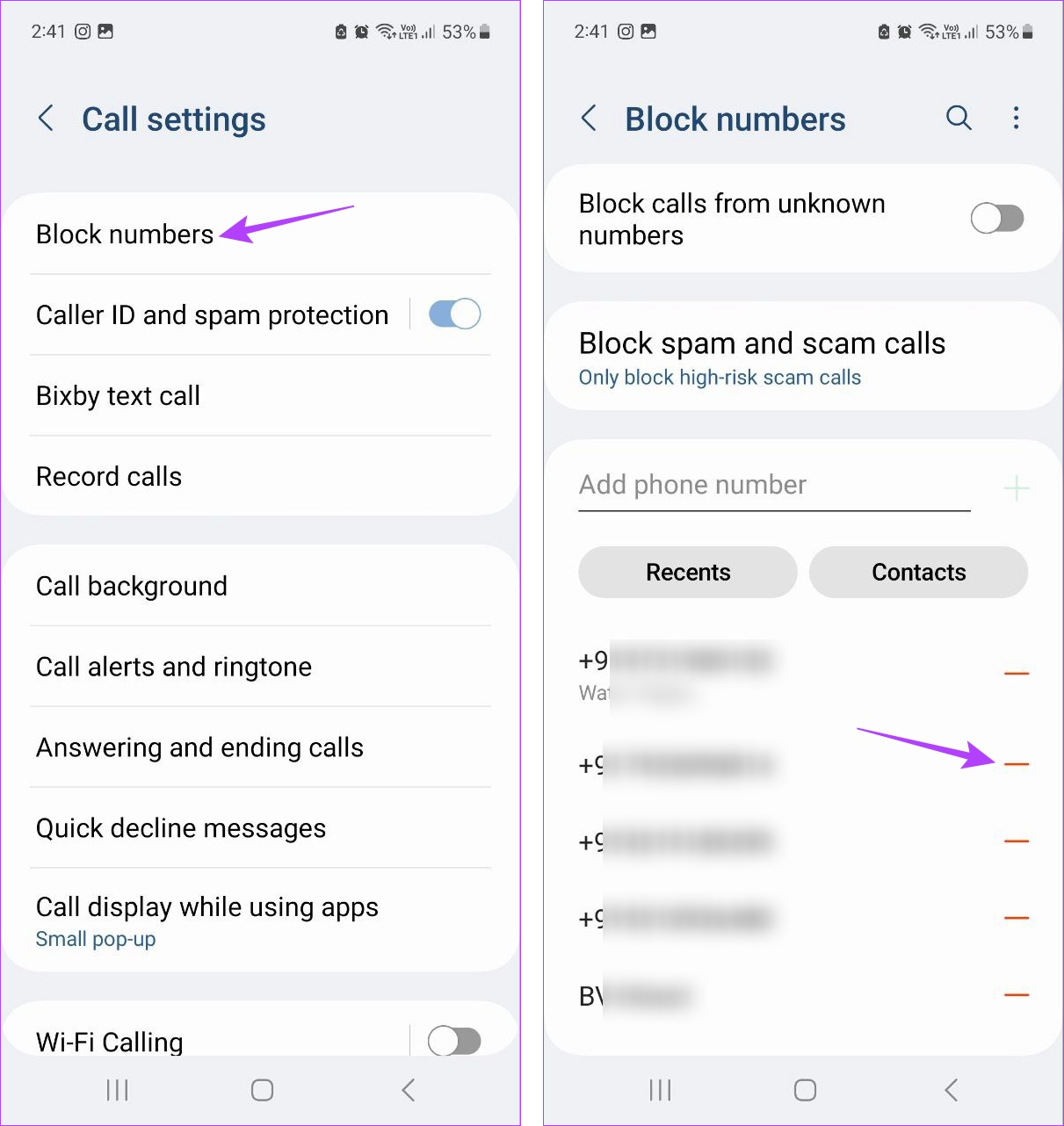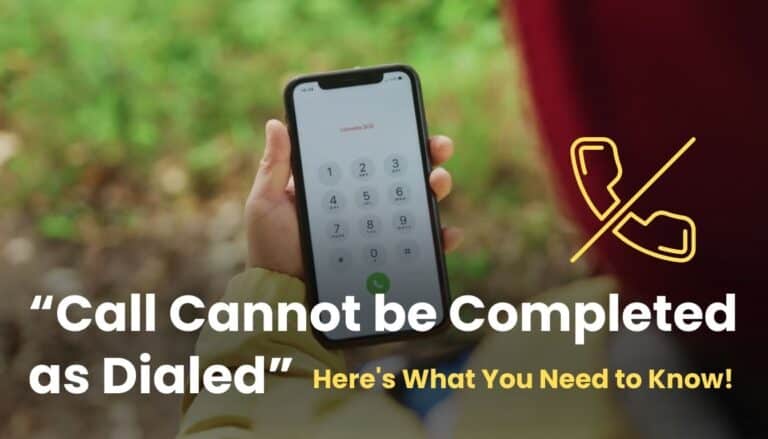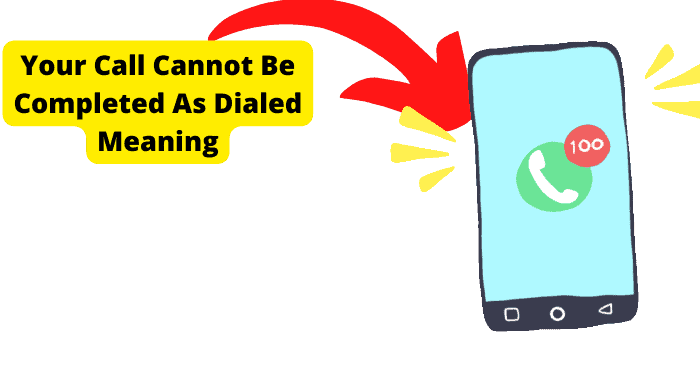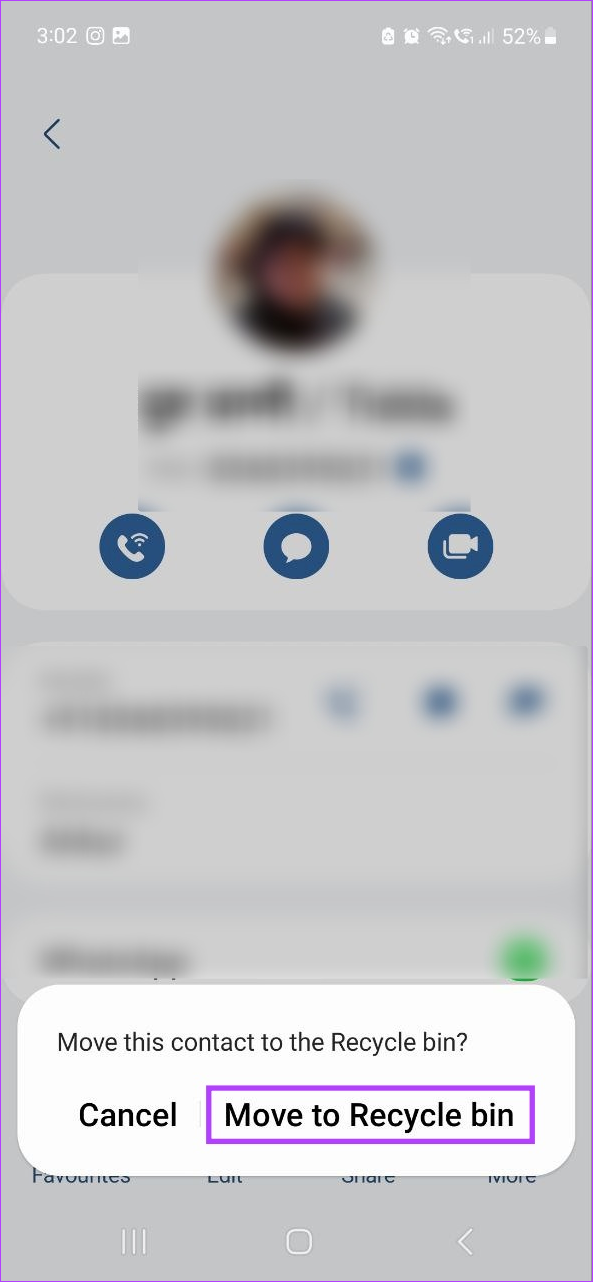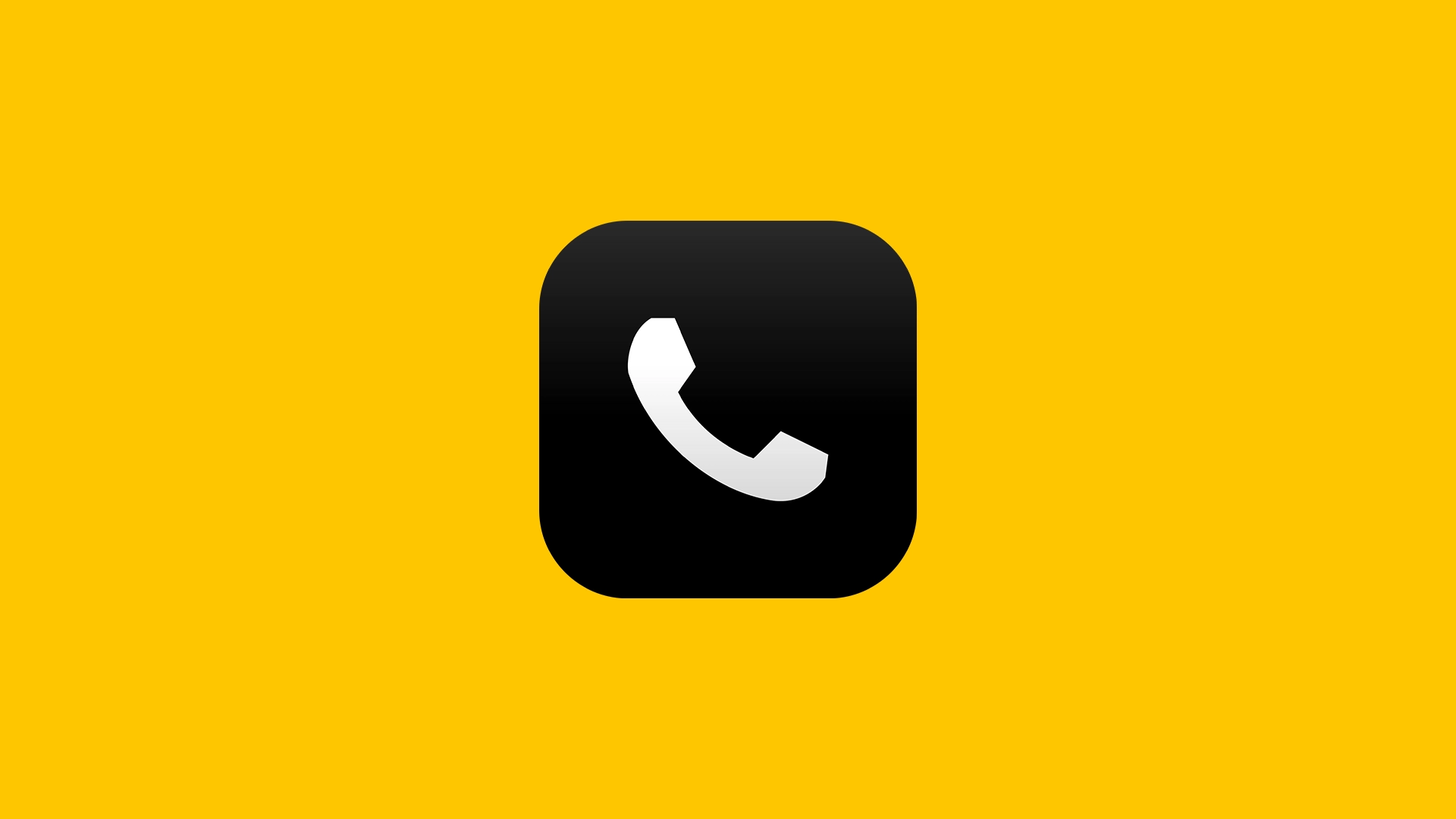Your Call Cannot Be Completed As Dialed Meaning

Imagine the frustration: you punch in the digits, the anticipation builds, and then… a cold, robotic voice cuts through the connection. "Your call cannot be completed as dialed." It’s a digital dead end, a modern-day brush with technological futility that leaves you wondering, "What went wrong?"
This seemingly simple error message, often encountered during phone calls, reveals a complex web of telecommunications infrastructure, human error, and evolving technologies. It's more than just a minor inconvenience; it’s a tiny window into the vast, sometimes fragile, systems that connect us.
Understanding the Digital Dead End
The dreaded message, "Your call cannot be completed as dialed," is a generic error notification indicating the phone network couldn’t successfully route your call. This can stem from various causes, ranging from a simple typo in the phone number to deeper systemic issues within the telecommunications network.
Let's delve into the common culprits:
Incorrect Dialing: The Human Factor
The most frequent reason is, unsurprisingly, human error. A misplaced digit, an omitted area code, or even accidentally pressing the wrong button can all lead to the infamous message.
Double-checking the number before dialing is a simple but effective way to prevent this issue. It might sound obvious, but hurried dialing is a common habit, especially in today's fast-paced world.
Service Disruptions: When the System Fails
Sometimes, the problem lies not with the caller but with the network itself. Temporary outages or maintenance work can disrupt the routing of calls, leading to the error message. These disruptions can be localized to specific areas or, in rare cases, affect larger regions.
According to the Federal Communications Commission (FCC), telecommunications providers are responsible for maintaining reliable service and promptly addressing outages.
Number Changes and Disconnections: A Moving Target
Phone numbers are not static entities. They can be reassigned, disconnected, or ported to different providers. If a number has been changed or disconnected, the network might not be able to complete the call, resulting in the error message.
This is especially common with older contacts or numbers that haven't been used in a while.
Area Code and Exchange Issues: Navigating the Network
The North American Numbering Plan (NANP) is a complex system that assigns area codes and exchanges to different geographic regions. Sometimes, changes to this system or incorrect implementation can lead to routing errors.
Using an outdated area code or dialing an incorrect exchange can trigger the error message.
Technical Glitches: The Ghost in the Machine
Like any complex system, telecommunications networks are susceptible to technical glitches. Software bugs, hardware malfunctions, or configuration errors can all interfere with call routing.
These issues are often transient and resolved by the network providers, but they can cause temporary disruptions.
The Impact of Incomplete Calls
While a single incomplete call might seem trivial, the cumulative effect can be significant. For businesses, it can mean lost sales opportunities and frustrated customers.
For individuals, it can lead to missed appointments, strained relationships, and unnecessary stress. The impact is amplified during emergencies, where every second counts.
The telecommunications industry constantly works to improve network reliability and minimize disruptions. According to a report by Statista, investments in network infrastructure are projected to increase in the coming years, aiming to reduce dropped calls and improve overall call quality.
Troubleshooting the Error
So, what can you do when faced with this frustrating message?
- Double-check the number: Carefully verify that you have dialed the correct number, including the area code.
- Try again later: If the issue is due to a temporary network disruption, waiting a few minutes and redialing might resolve the problem.
- Contact your service provider: If the problem persists, contact your phone company or mobile carrier to report the issue and seek assistance.
- Check for outages: Many providers have online tools or customer service lines to report and inquire about service outages in your area.
- Search online directories: If you suspect the number might be outdated, try searching for the person or business online to find updated contact information.
The Future of Telecommunications
The telecommunications landscape is constantly evolving. With the rise of VoIP (Voice over Internet Protocol) and other digital technologies, the traditional phone network is undergoing a significant transformation.
This shift brings new opportunities for innovation and improved communication, but also new challenges in ensuring reliability and security.
As technology advances, the "Your call cannot be completed as dialed" message might become less frequent, replaced by more sophisticated error notifications or even seamless routing to alternative numbers. The goal is to create a more resilient and user-friendly communication experience.
A Reflection on Connection
The next time you encounter this message, take a moment to appreciate the complex infrastructure that makes communication possible. It's a reminder that technology, while powerful, is not infallible.
It's also a gentle nudge to slow down, double-check our work, and remember the human element in every connection we make.
In a world increasingly reliant on instant communication, even a small hiccup like this can remind us of the value of patience, perseverance, and the simple act of reaching out.




